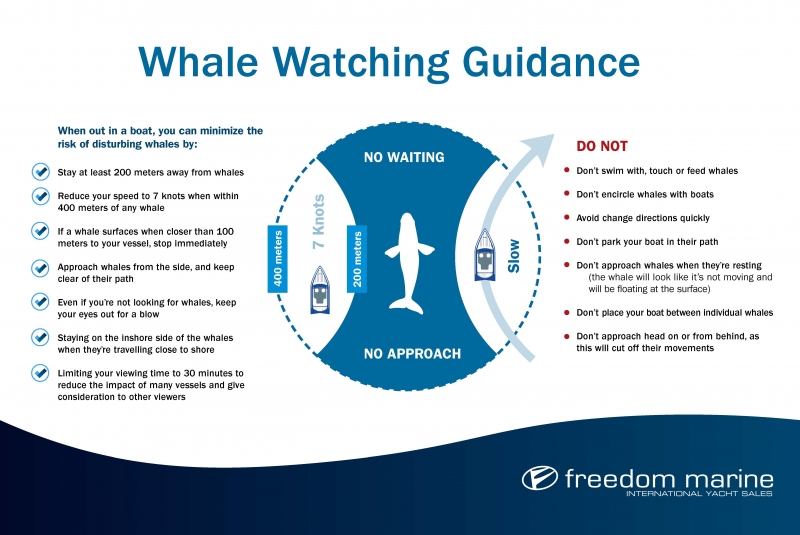Whale Watching : Tricks & Tips
26th February 2019
How To: Orca and Whale Watching in the Salish Sea
Our Salish Sea Orcas are a fascinating bunch and when we are lucky enough to watch them from our boats it is always a delight. Everyone knows Orcas are beautiful, graceful creatures — intelligent and storied hunters of the deep.
But did you know that our local orca pods are all families that bond for their entire lifetime, and that their lifetime in the wild can exceed 100 years? In fact, all of the orcas that live in the waters off British Columbia and Washington are from one extended family known as the Salish Sea Orcas or Southern Resident Orcas. This clan is unique in the sense that its isolation has allowed it to create very distinct patterns of dialect and social structures. There are occasionally transient whales, but the whales you usually see are from this local extended family.
The Southern Resident Orcas have been categorized into three pods, known as J, K and L pods which comprise about 250 whales. These groups are monitored constantly by marine biologists to assure their well being in a time when ecological factors such as over-fishing weighs against them. These families travel, forage and socialize throughout the inland waters of the Puget Sound, the San Juan Islands, Gulf Island and Georgia Strait from late spring through late summer seeking chinook salmon, which provide about 80% of their diet.
BC’s best whale-watching window is May through October and heightens as the fish near the spawning season.

Tips for Safe, Enjoyable Whale Watching
Whales orient themselves to their surroundings, to food sources, and to each other, primarily by their sense of sound. Boat noises are much louder underwater than through the air.
Fast turns, accelerations and decelerations make very loud noises underwater. Go slow around whales. Avoid speeding toward whales or trying to intersect their course.
Take your time. Gradually slow your boat to idle speed when you are within a mile or so of whales. The whales may be miles apart from each other. There may be other whales much closer than the ones you last saw.
Try to approach slowly, from behind and off to one side, in a course that will gradually bring you parallel with them and at least 100 yards away from them.
Avoid jumping from one group of whales to another, and avoid “leapfrogging” directly into their path. You are just as likely to see whales when they surface if you remain where you are or continue on the same course and speed when the whales dive.
When it is safe to do so, the best whale encounters may be experienced with the engine turned off. If you have a hydrophone, drop it into the water and listen to amazing orca conversations.
When you leave a whale or group of whales, wait for them to surface safely away from you before crossing their path behind them.
And finally, these helpful guidelines:



